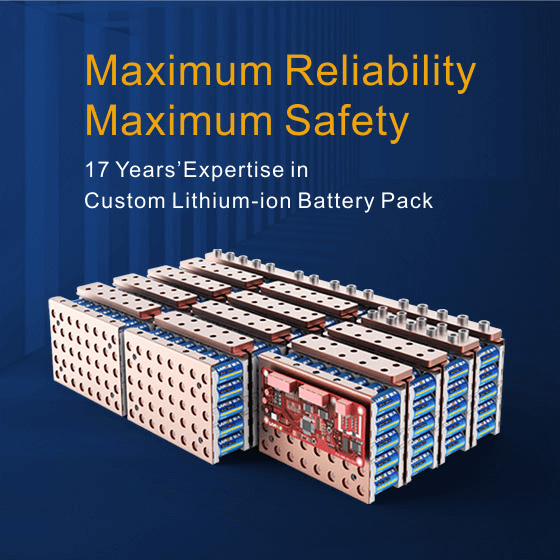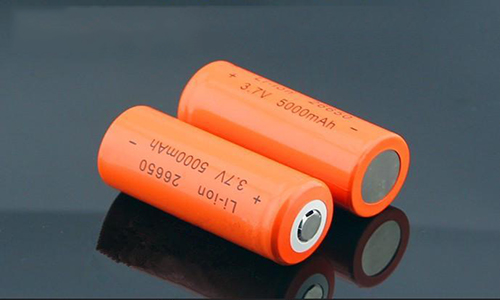How to Charge Lipo Batteries Properly?
May 17, 2019 Pageview:2226
Li-Po stands for lithium polymer batteries. They are a type of rechargeable battery in the reserve capacity group and they are used specifically for planes, helicopters and drones. They are the main reason electric flight is favored over their fuel counterpart.
Lithium polymer cells provide high energy storage density to weight ratio. The rechargeable Li-Po batteries use a polymer electrolyte instead of a liquid electrolyte. The electrolytes are usually made up of gel-like polymers.
The lithium polymers batteries evolved from the lithium ion batteries. A typical lithium polymer battery has four parts which are:
-The positive electrode
-Negative electrode
-The separator
-Electrolyte
Lithium polymer batteries works on the same principle with intercalation of lithium ions from the negative electrode to the positive electrode with the gel electrolyte providing the conductive medium.
The charging mechanism of a Li-Po battery is pretty much the same thing with a Li ion battery, since the discharge is movement of lithium ion from the negative electrode to the positive electrode, the charging process moves the ion in the opposite direction from the positive electrode to the negative electrode.
When charging a lithium polymer battery you have to make sure to use the correct charger. Then you have to choose the number of cells in the lithium polymer assembly that you wish to charge and make sure that you don’t exceed the maximum charge rate. So when charging the LiPo batteries you have to adjust the current to suit what the battery requires.
The charging cycle of the Li-Po battery starts with constant voltage being passed through the battery terminals. This then jump starts the charging process causing current to flow through the battery. Lipo batteries cannot be trickled charged and do not possess a saturation point like the normal lithium ion batteries.
So to charge a Li-Po battery properly, you have to make sure that the voltage and current is regulated as lithium batteries keep taking charge even when they are full and this can cause overcharging and consequently the battery might explode. Also it is imperative not charge the batteries with the right chargers as make shift chargers might overcharge or undercharge the batteries.

LIPO CHARGE RATE CALCULATING DEFINITION
LiPo charge rate is the rate at which a LiPo battery receives voltage and current to convert them to stored energy for the battery.
A discharge rate is how fast a battery can discharged safely while remaining healthy and is defined by the let’ster “C” and most battery cases have written on them something like “25C to 40C” discharge rate. This indicates that 25C is the minimal discharge rate and 40c is the maximum discharge rate. Battery capacity is defined in mAh which is milli-ampere per hour. The battery capacity with the LiPo battery discharge rate will define its maximum current output. It’s important that you know that the number of battery cells don’t count for the maximum current draw.
Now we are going to look at a sample LiPo battery:
Looking at a LiPo battery, it consists of multiple cells. Now you have to look at what each cell delivers. For example, let’s say each cell delivers 3 Volts. Therefore, a 4S LiPo would supply about 14.8V.
Also a 3S 4400mAh 40C LiPo pack will get you: 4400mAh x 40C =176,000mAh
Discharge rate 175,000/1000 = 176 Ampere discharge rate.
This means that a 4400mAh / 40C LiPo can only handle an ampere draw of 176A at its maximum. So that’s why the combination capacity / discharge rate is very important for selecting the right LiPo for a project.
Most LiPo sellers will tell you what the maximum charge rate of the battery is. Always bear in mind that most times the maximum charge rate is 1C. So, a 2000mAh LiPo can be charged at a maximum rate of 2000mAh / 1000 = 2A. Make sure you use the appropriate LiPo charger specifically built for that battery.
Also to calculate the charging time of a battery you could also do:
Charging time = Battery Ah / Charging Current
So let’s say a 13 amp charging current is used on a 120 Ah battery the calculation would be:
Charging time = 120 / 13
9.23hrs.
It would take about 9 hours 12 minutes to charge a 120Ah battery using a 13A charging current.

LIPO BATTERY STORAGE ANALYSIS
The mode of storage energy in LiPo battery is same with the lithium ion batteries. The energy is stored in the electrodes from which they are transmitted from one to another to power the cell.
Now to store to batteries you have to take care because they contain very reactive chemicals so you should handle them with care. So to store them you have to:
-Store them in a temperature controlled location. Because if they are stored in extreme temperatures, it will damage them. So care has to be taken to store in a not too hot or not cold temperature.
-LiPo batteries should be stored in fire proof places because they are usually prone to fires. So store in a sandy place with a fire extinguisher at hand. This is safer.
-LiPo batteries have long storage capacities and care should be taken not overcharge or undercharge them. They should be store at not less than 30V level.
-Always pack LiPo in your carry-on bag and never in your checked baggage.
LI-PO BATTERY CHARGING TIPS
To keep the battery in good shape, you have to take care in charging them the right way.
-Overcharging a LiPo battery is a very bad idea. The risk of an explosion is inherent and shouldn’t be toyed with.
-Never leave your LiPo batteries lying around at full charge for more than 3 days. You have to discharge them after 3 days if you aren’t using them.
-Don’t leave your lipo battery charging unattended to. You have to take care to watch that it charges to the optimum and then you remove it.
-Also do not leave them for a long period of time. This would cause total damage to the battery.
-Charge the battery with the right current and the right charger.
-Do not frequent charge your battery. Frequent charging forces current burst which might damage the battery

CONCLUSION
When you have a LiPo battery, you have to take care to know how to charge them properly and also how to store them in the optimum conditions. Also the discharge and charge ate s another thing you should know how to decipher because it would decide how well your battery is working if you need them changed.
- Prev Article: Lithium Ion batteries for electric cars
- Next Article: How to charge lithium ion batteries?
Leave Message
Hottest Categories
-
Hottest Industry News
-
Latest Industry News









